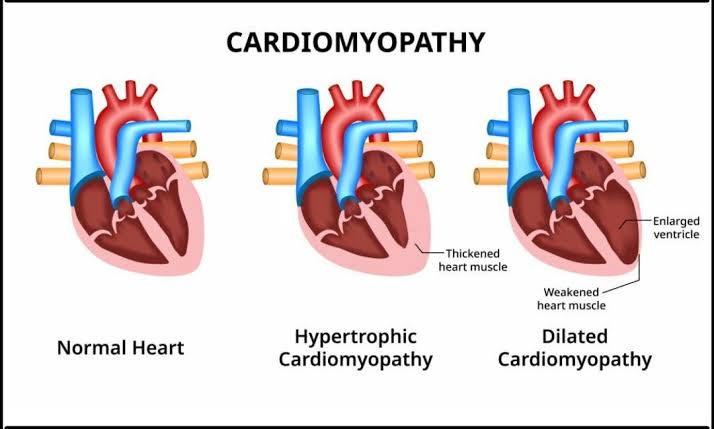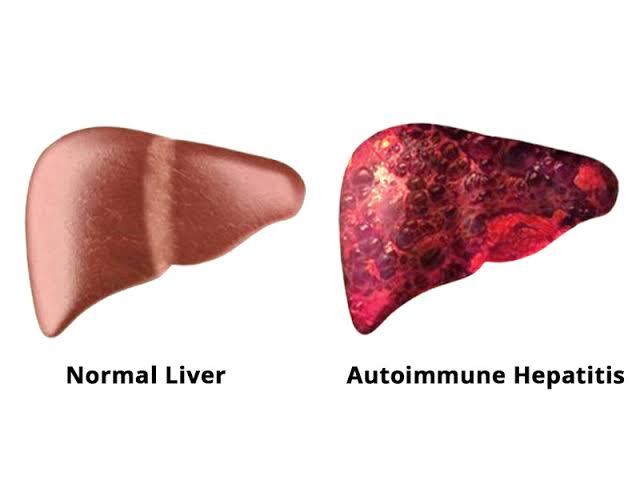
Understanding Palliative Care
Palliative care is a specialized area of healthcare that focuses on providing relief from the symptoms and stress of a serious illness. According to the World Health Organization (WHO), palliative care aims to improve the quality of life for both the patient and their family. It is applicable early in the course of an illness, in conjunction with other therapies that are intended to prolong life, such as chemotherapy or radiation therapy.
WHO Definition of Palliative Care
The WHO defines palliative care as follows:
- Holistic Approach: It addresses not only physical symptoms but also psychological, social, and spiritual issues.
- Quality of Life: The primary goal is to enhance the quality of life for patients facing life-limiting illnesses.
- Interdisciplinary Team: Palliative care involves a multidisciplinary team approach, including doctors, nurses, social workers, and chaplains.
- Support for Families: It also provides support for families during the patient’s illness and after death.
This definition emphasizes that palliative care is not limited to end-of-life situations but can be integrated at any stage of a serious illness.
Importance of Multidisciplinary Teamwork
Multidisciplinary teamwork is crucial in palliative care for several reasons:
- Comprehensive Care: Different professionals bring varied expertise that contributes to a more comprehensive understanding of the patient’s needs. For instance:
- Physicians manage medical treatments.
- Nurses provide day-to-day care and symptom management.
- Social workers address emotional and social challenges.
- Chaplains offer spiritual support.
- Improved Communication: A team approach fosters better communication among healthcare providers, ensuring that everyone involved in the patient’s care is informed about treatment plans and patient preferences.
- Personalized Care Plans: By collaborating, team members can create personalized care plans that consider all aspects of a patient’s well-being—physical, emotional, social, and spiritual.
- Family Support: Multidisciplinary teams can provide holistic support not just to patients but also to their families by addressing their concerns and needs throughout the illness trajectory.
Concept of Total Pain
The concept of total pain encompasses more than just physical discomfort; it includes emotional, social, and spiritual dimensions:
- Physical Pain: This refers to the actual bodily pain experienced due to disease or its treatment.
- Emotional Pain: Patients may experience anxiety, depression, or fear related to their condition or prognosis.
- Social Pain: This aspect considers how illness affects relationships with family members and friends as well as financial burdens or changes in social roles.
- Spiritual Pain: Patients may struggle with existential questions about meaning, purpose, or faith during their illness journey.
Understanding total pain allows healthcare providers to address all facets of suffering rather than focusing solely on physical symptoms.
Social and Spiritual Aspects of Management
Effective management in palliative care must include attention to both social and spiritual aspects:
- Social Aspects:
- Support systems are vital; this includes family involvement in decision-making processes.
- Addressing practical issues such as financial concerns or caregiving responsibilities can alleviate stress for patients and families.
- Facilitating connections with community resources can help provide additional support networks.
- Spiritual Aspects:
- Spirituality varies widely among individuals; thus, it is essential for healthcare providers to understand each patient’s beliefs and values.
- Providing opportunities for spiritual expression—whether through religious practices or personal reflection—can enhance comfort levels.
- Engaging chaplains or spiritual counselors can help address deeper existential concerns that arise during serious illnesses.
In summary, effective palliative care requires an understanding of its definition according to WHO standards, recognition of the importance of multidisciplinary teamwork, acknowledgment of total pain’s various dimensions (physical, emotional, social, spiritual), and integration of social and spiritual management strategies into patient care plans.







